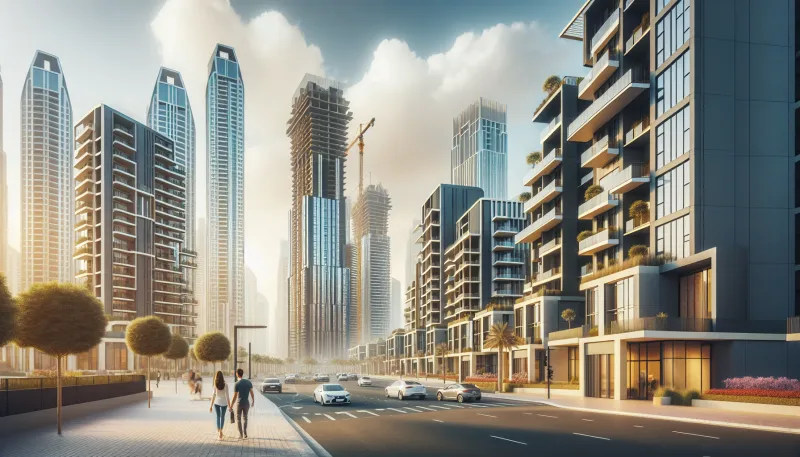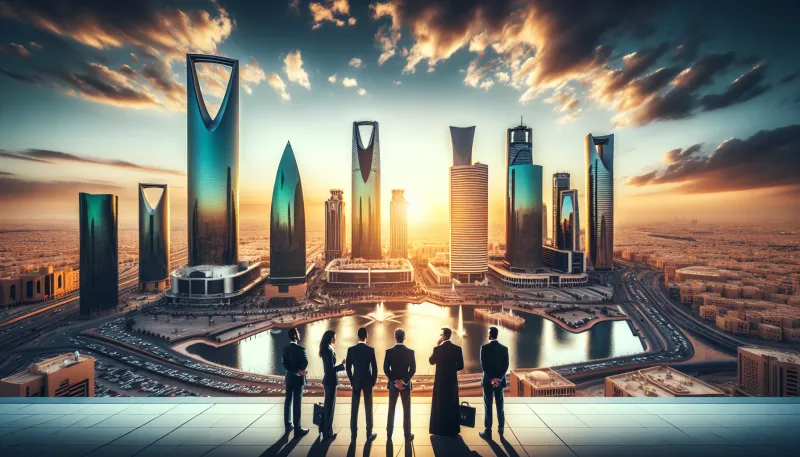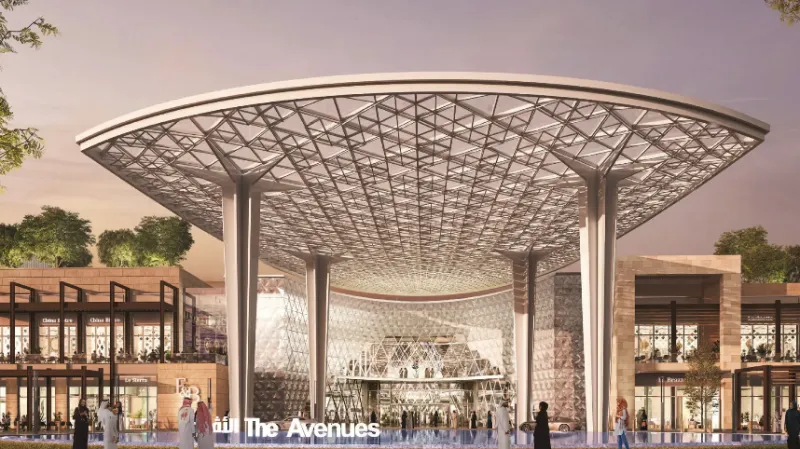
Dubai: A Case Study in Global Real Estate Innovation
- Rapid urban transformation and visionary planning
- Iconic architecture as a real estate magnet
- Freehold ownership and investor-friendly policies
- Mastering the art of mixed-use developments
- Innovations in construction technology
- Sustainability initiatives in real estate projects
- Smart city integration and digital innovation
- Diversification of real estate offerings
- Role of tourism and events in driving real estate demand
Rapid urban transformation and visionary planning
Dubai's real estate journey is marked by its rapid urban expansion fueled by visionary planning. The city’s leadership laid out ambitious master plans which anticipated future demand and integrated iconic landmarks such as the Burj Khalifa and Palm Jumeirah. This strategic foresight allowed Dubai to evolve quickly while maintaining a coherent urban structure that attracts international investors and residents alike.
Iconic architecture as a real estate magnet
Innovative architecture forms the backbone of Dubai’s real estate appeal. The city is home to some of the world’s tallest buildings and most unusual structures, blending cutting-edge design with luxury living. Developments like the twisting Cayan Tower and the sail-shaped Burj Al Arab have become symbols of Dubai’s ambition and creativity in real estate.
Freehold ownership and investor-friendly policies
One of Dubai's groundbreaking real estate innovations is the introduction of freehold property ownership for foreigners. This policy opened doors for a vast global market, allowing overseas investors to own property outright. Combined with transparent laws and tax advantages, it has made Dubai a highly attractive and secure investment destination.
Mastering the art of mixed-use developments
Dubai has perfected the integration of residential, commercial, and leisure spaces within single developments. Projects like Downtown Dubai and Dubai Marina create dynamic environments where people can live, work, and relax without leaving the area. This holistic approach enhances lifestyle quality and ensures sustained demand for real estate.
Innovations in construction technology
The city’s commitment to innovation extends into construction technology. The adoption of prefabrication, 3D printing, and smart building materials has accelerated project delivery and improved sustainability. This technological edge positions Dubai at the forefront of efficient and futuristic real estate development.
Sustainability initiatives in real estate projects
Recognizing global environmental challenges, Dubai incorporates sustainability principles into its real estate projects. Green building certifications like LEED and Estidama are increasingly common in new developments. Initiatives such as solar-powered communities and efficient water management show Dubai's commitment to reducing the environmental footprint of urban growth.
Smart city integration and digital innovation
Dubai is evolving into a smart city where digital innovation supports real estate management and urban living. Smart home technologies, IoT applications, and AI-based systems enhance security, energy efficiency, and resident convenience. This integration of technology with real estate makes Dubai a model for future urban environments.
Diversification of real estate offerings
Dubai's real estate market offers a diverse portfolio catering to different income groups and preferences. From affordable housing projects to ultra-luxury villas and innovative co-living spaces, the city meets a wide range of needs. This diversification helps stabilize the market and attract a broad investor base, both locally and internationally.
Role of tourism and events in driving real estate demand
Tourism and international events such as Expo 2020 have significantly boosted Dubai’s real estate sector. The influx of visitors and global attention increases demand for hotels, serviced apartments, and holiday homes. Strategically leveraging these sectors ensures continuous interest and investment in Dubai’s property market.
Tommy is a property-passionate journalist who covers the forces shaping housing and the built environment. With a data-driven approach and a reporter’s curiosity, he writes on market cycles, urban development, PropTech, and policy—always connecting numbers to everyday lives. [Name]’s work blends clear analysis with on-the-ground reporting to help readers navigate trends, opportunities, and risks across residential and commercial real estate.




